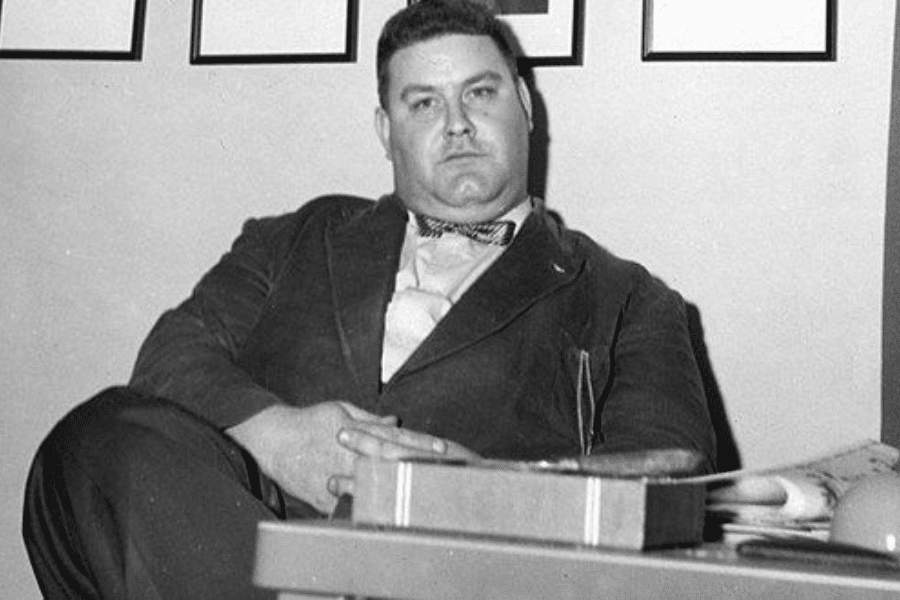They called him The Great Impostor. Doctor, monk, teacher, even a naval surgeon—Ferdinand Waldo Demara wore all those titles, and not one of them was rightfully his. Between the 1940s and 1960s, he stepped into lives he never earned, operated in hospitals without a license, ran prisons without training, and taught in colleges with forged names. He wasn’t stealing for wealth. He wasn’t running from justice. So what was he chasing? The answer lies in a mind as brilliant as it was broken—and a truth even darker than his lies.
The Face Behind the Facade

By the time Ferdinand Waldo Demara Jr. died in 1982, few knew his real name. Most only recognized him by the title that made headlines: “The Great Impostor.”
For most of his 60 years, Demara pretended to be someone else. The disguise shifted constantly and was almost restless, but the man behind it stayed hidden in plain sight.
Before his final curtain call, the world would marvel at his daring. But how did a man become everyone… and yet also no one?
Hollywood Couldn’t Resist
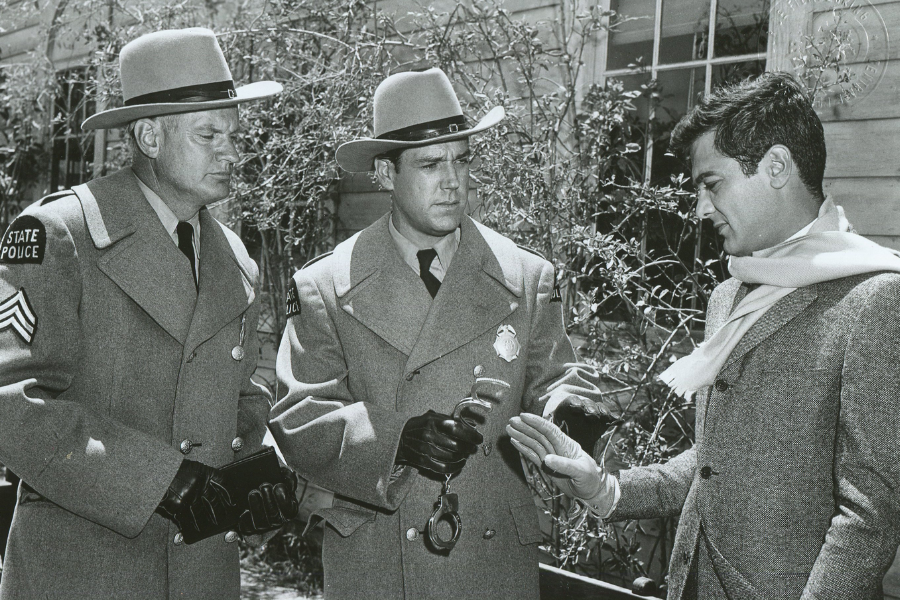
Demara’s charade grew so large that it burst into pop culture. In 1960, Tony Curtis portrayed him in The Great Impostor, a film that romanticized deception into an art form.
Audiences were drawn not just to his lies but to his talent. The man didn’t just fake roles—he performed them flawlessly, charming his way into trust.
The big screen immortalized his escapades. But behind the charisma and laughter was a man haunted by something deeper…
A Troubled Start in Lawrence
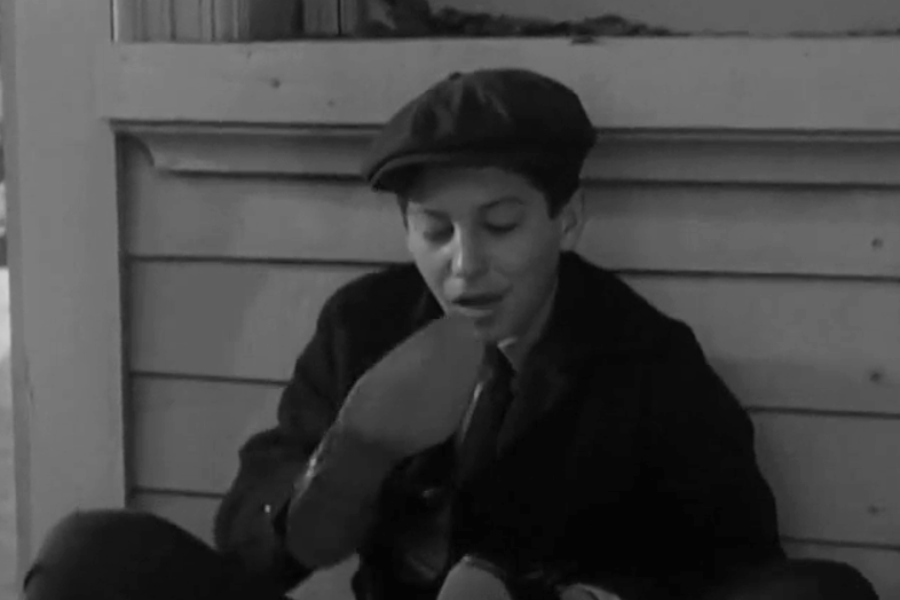
Born in Lawrence, Massachusetts, in 1921, young Demara showed early signs of rebellion. In fifth grade, he stirred fear with a pistol after a schoolyard threat escalated.
He fetched a dueling gun, pointed it at bullies, and scattered them with fright. The police were called. Two pistols were confiscated. He was escorted away in silence.
Yet the punishment was light, and something clicked inside him—power, attention, admiration. That day, he learned a dangerous lesson.
The Badge of Rebellion
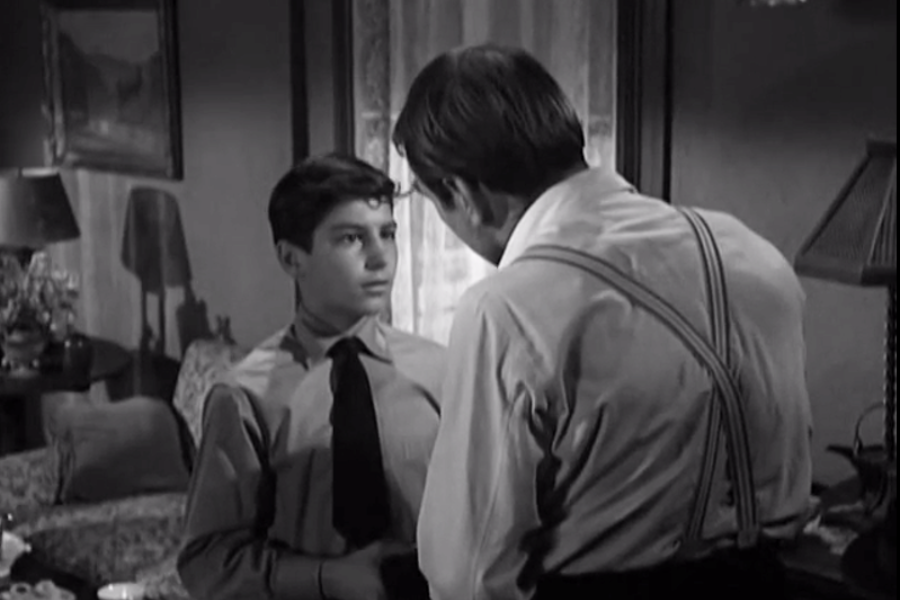
After the pistol incident, Demara returned to school expecting punishment. Instead, he was treated like a hero, admired by classmates for his defiance and bold display.
In their eyes, he wasn’t a menace—he was one of them now. The lonely boy had finally been accepted, and the price had been mischief, not merit.
“I remember it felt good to be one of the guys,” he later said. That feeling wouldn’t just stay—it would demand reenactment.
A Silent Boy’s Awakening
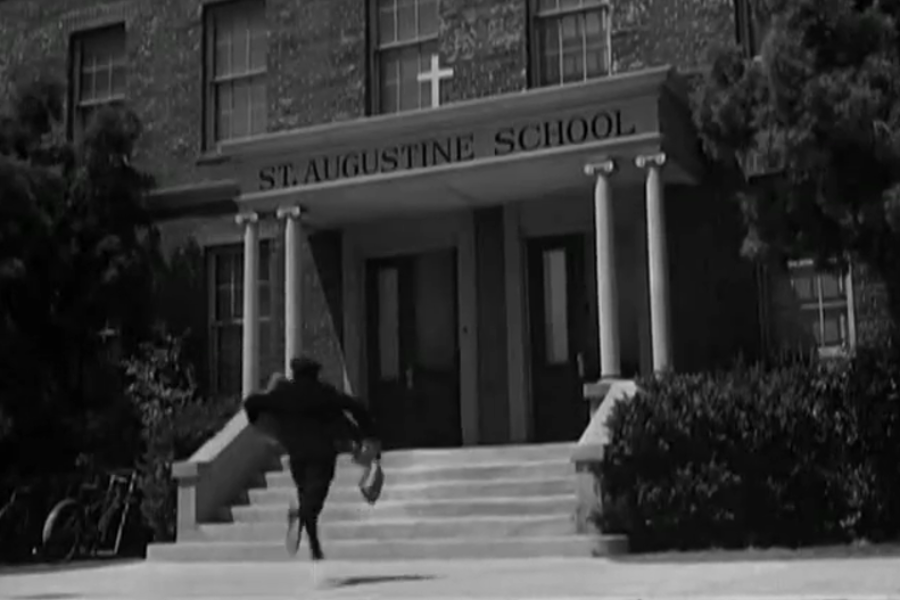
His growing delinquency embarrassed his parents. They sent him to St. Augustine’s Catholic school, hoping for change. Demara responded with a vow of silence—until compassion intervened.
The mother superior’s gentle embrace broke his resistance. For the first time, kindness—not fear or deceit—shaped his behavior. He became an altar boy, devout and eager.
“I had some special, sacred mission,” he once said. For a moment, it looked like he’d found his calling. But hardship soon returned.
Displaced by Disaster

One autumn evening, Demara’s world cracked open. His family had to move. His father’s job was gone, and their home was lost. The Great Depression had come knocking.
The boy who once thrived in structure was now uprooted. Poverty didn’t just take his shelter—it stripped the stability that had soothed his darker instincts.
Demara’s two selves—the devout student and the charming rogue—collided again. And from the rubble of that conflict, a con artist began to emerge.
The First Taste of the Grift

Author Maria Konnikova called it “his first con.” A small-town chocolate shop. A young Demara. No money, but a convincing story, they gave him treats for the class.
Similar to his previous run-in with the law, the authorities did not treat this episode with much seriousness. He had gotten what he wanted with words alone. And the thrill of that moment was electric in his mind.
It wasn’t just about the candy. It was about power. And from then on, truth felt… optional.
The Monk Who Vanished
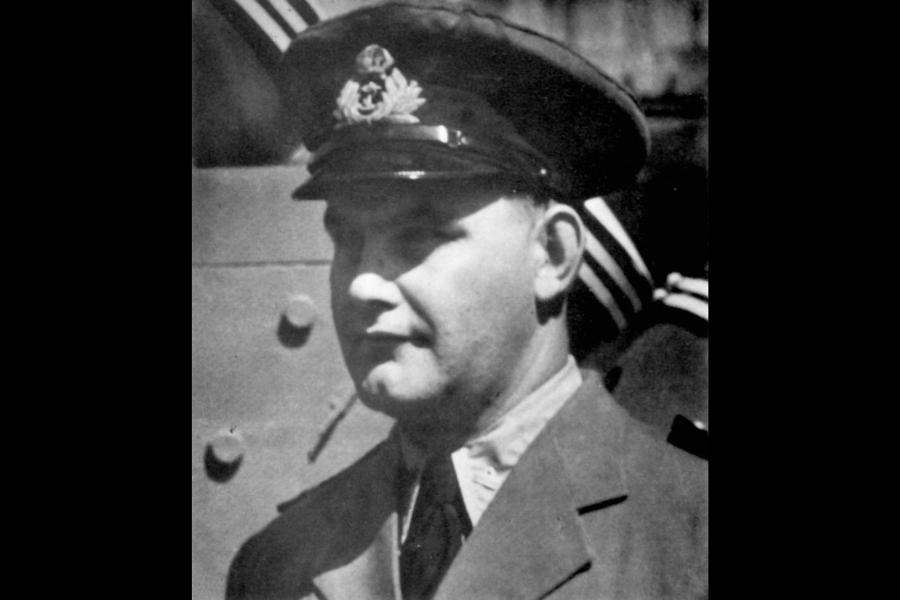
As a teenager, Demara ran away and joined a monastery. The quiet life he once admired now felt suffocating. And yet, he’d later call those days his happiest—because he didn’t have to pretend for once.
Even so, the calling faded. He left the monks, joined the Army, and then went AWOL. He tried the Navy, too. Same story. He disappeared again, always in search of a role that fit better.
What he didn’t know was this: his time in the monastery wouldn’t be wasted. It became a blueprint for reverence, for structure, and eventually, for a mask he would wear again.
The Many Faces of Demara
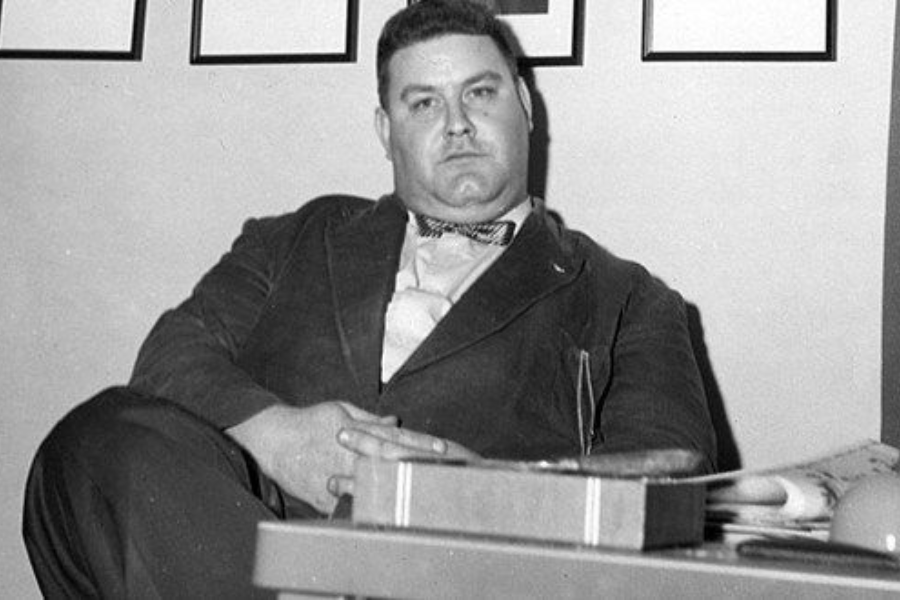
Demara changed names like most change clothes. Crichton’s biography listed alias after alias—Dr. Cecil Boyce Hamann, Brother John Payne, Martin Godgart, and dozens more.
He remembered each story, each credential, like a seasoned actor remembering lines. Police once recited names back to him—he corrected them. “You missed a few,” he said.
His mind was a database of lies. But one disguise would rise above the rest—and nearly cost lives.
Brotherhood Reimagined

Demara knew how monks acted—he’d lived among them. He slipped into monasteries, mimicked rituals, and earned respect. One time, he co-founded a religious college.
The robe gave him cover, and people rarely questioned those who served God. But faith wasn’t his mission—acceptance was. And the pulpit became his stage.
He wasn’t just faking piety—he was rehearsing something even bigger. Something far riskier was on the horizon.
Degrees Without the Grind

Police records listed him as “Doctor” several times. He’d impersonated college professors. He even became the dean of philosophy at a small Pennsylvania college.
His secret? Borrowed names, stolen credentials, and just enough charm to silence doubts. At Gannon College, he taught psychology with no real degree. He was a professor with no past, papers, or oversight.
In postwar institutions, credentials were king, but rarely verified. Paperwork moved more slowly than needed. And a confident white man in uniform could pass almost anywhere. And he wasn’t finished climbing academic ladders just yet.
The Student Who Shouldn’t Have Been
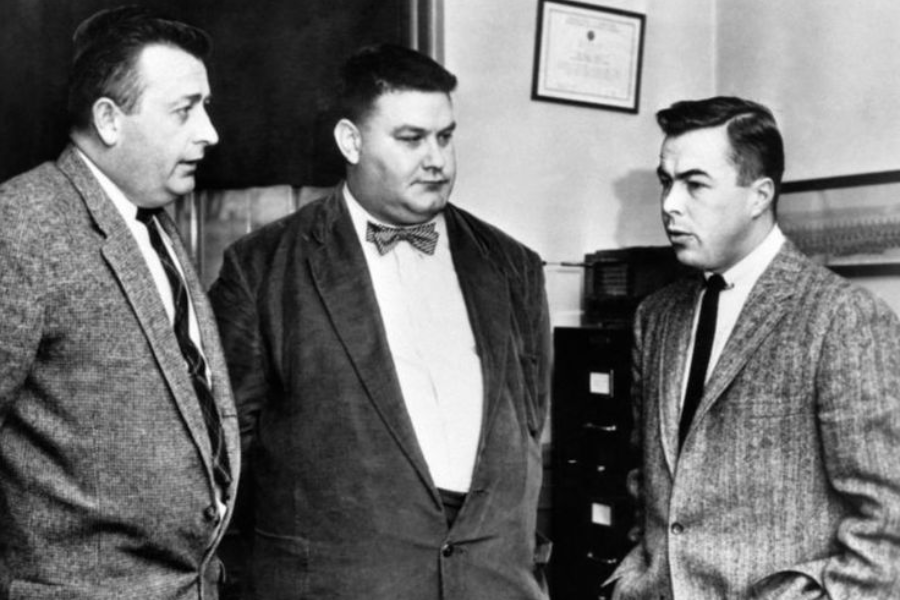
He didn’t just pose as a teacher. Demara talked his way into Northeastern University’s law program under a fake identity. No one suspected the dropout in disguise.
Some say he quit out of fear of exposure. Others claim he just got bored. Either way, his fingerprints vanished from campus as swiftly as they appeared.
But the next persona would be more dangerous than all the rest. And this time, there would be blood.
The Warship and the White Coat
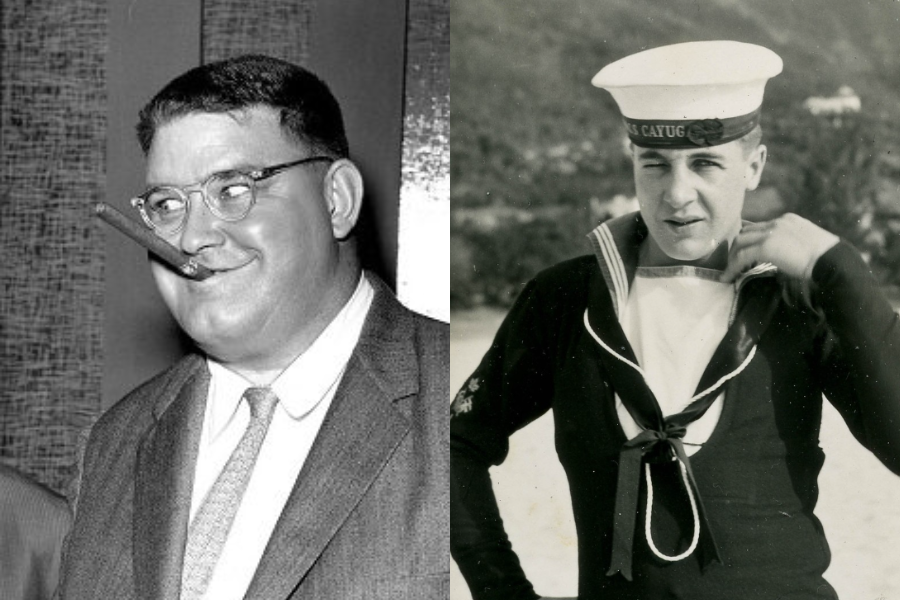
In Canada, Demara became “Brother John Payne,” a Trappist monk. There, he met Dr. Joseph Cyr—a real doctor with real credentials. Demara took his name next.
By 1951, he walked into a Royal Canadian Navy office posing as Cyr. They needed doctors for the Korean War. Demara offered himself without hesitation.
Soon, he was in uniform, sailing aboard HMCS Cayuga. The war loomed—the doctor who is no doctor will do surgeries. How would it turn out?
A War-Time Shortcut

Canada’s military was desperate. Medical officers were scarce. Verifying Demara’s background would’ve taken months. But they needed someone now. He slipped through without scrutiny.
The checks were minimal. The paperwork rushed. Demara’s forged identity was accepted, and he was shipped out with little more than a handshake and a uniform.
He was now a ship’s surgeon. The sick and wounded would depend on a man who hadn’t attended medical school.
The Cheat Who Studied
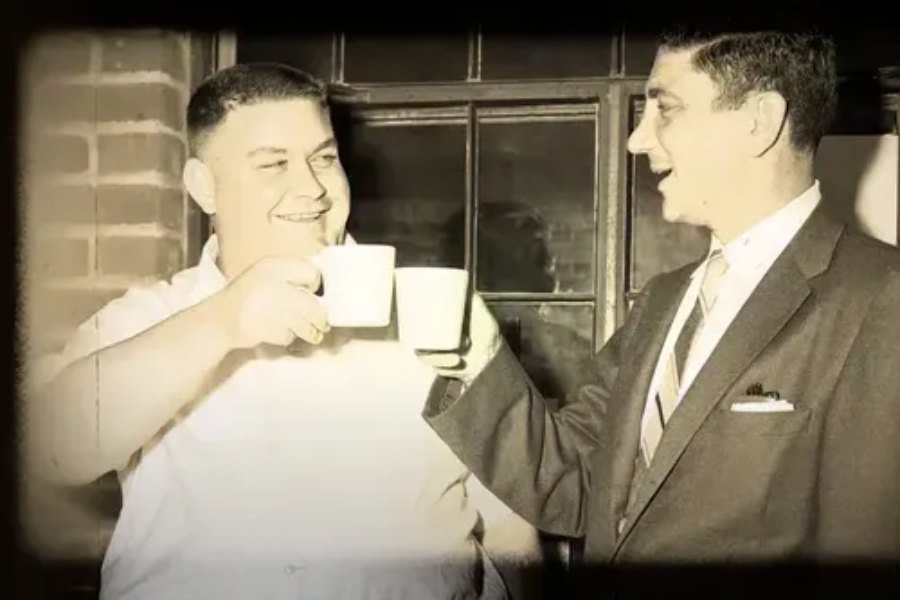
Demara wasn’t reckless. He convinced a real doctor to write a battlefield manual—just in case surgeons weren’t available. Ironically, Demara became that exact scenario.
With textbooks, antibiotics, and anesthesia, he learned on the job. His hospital assistant followed orders. No one suspected the man wielding the scalpel was untrained.
He was improvising medicine. But how long could a medical illusion survive when lives were literally on the table?
Life-Saving Lies

Demara performed 19 surgeries. Minor operations mostly, but one day, Captain James Plomer had an infected tooth. Demara yanked it out clean. The captain felt immediate relief, never suspecting the hands weren’t trained.
Other cases were far riskier. One soldier needed a bullet removed from his chest. Another required a foot amputation. Demara operated with a steady calm, and every patient survived.
They praised him at sea. The press called him a hero. But what if they had known the truth during surgery? Every healed scar now held a buried lie—and the next revelation was coming fast.
A Mother Knows
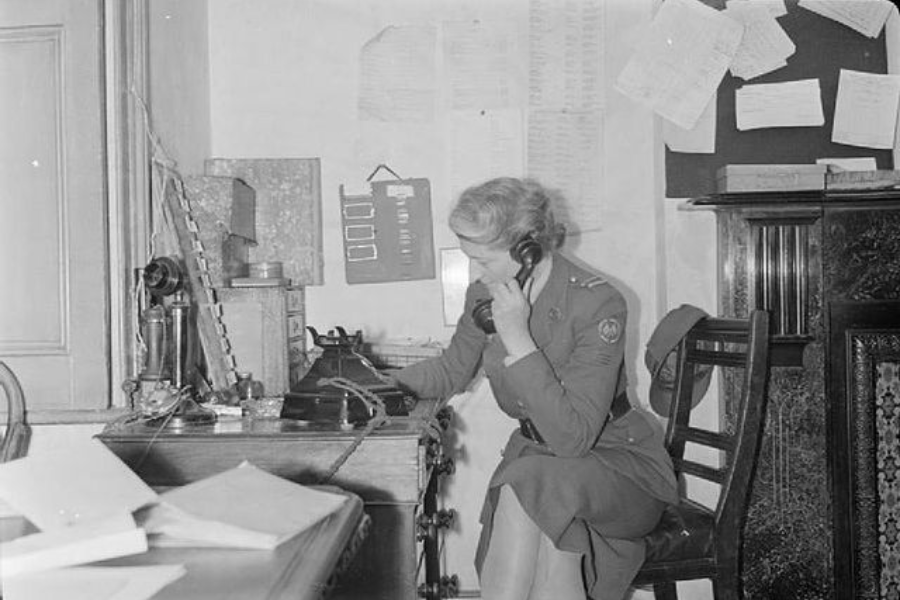
News of the heroic “Dr. Cyr” reached Canadian papers. But the real Dr. Joseph Cyr’s mother saw the articles. Her son was nowhere near the Korean coast!
She contacted the Navy. Meanwhile, Demara basked in growing fame, unaware that his greatest impersonation was about to collapse in front of the world.
The next telegram to Cayuga didn’t bring praise—it carried suspicion and alarm. Demara’s time was running out. The world was closing in, and there was no escape plan this time.
The Cabin Breakdown
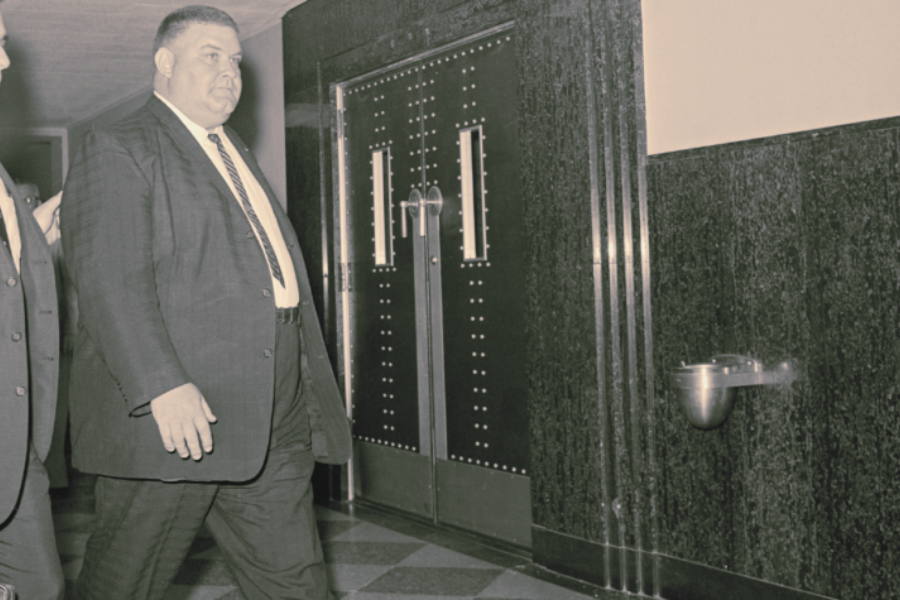
The Navy launched an investigation. On board, some officers scoffed at the accusations. Demara was beloved. He had saved lives. But when questioned, he panicked and bolted into his cabin.
For three days, he stayed locked inside. The walls seemed to shrink. He sweated, wept, swallowed barbiturates, and raved in broken pleas. “You don’t believe me!” he cried, as if denial could rewrite truth.
Eventually, the door opened—not to applause, but surrender. The performance was over. The man who had stitched bodies now unraveled in full view.
No Court-Martial, Just a Ride Home
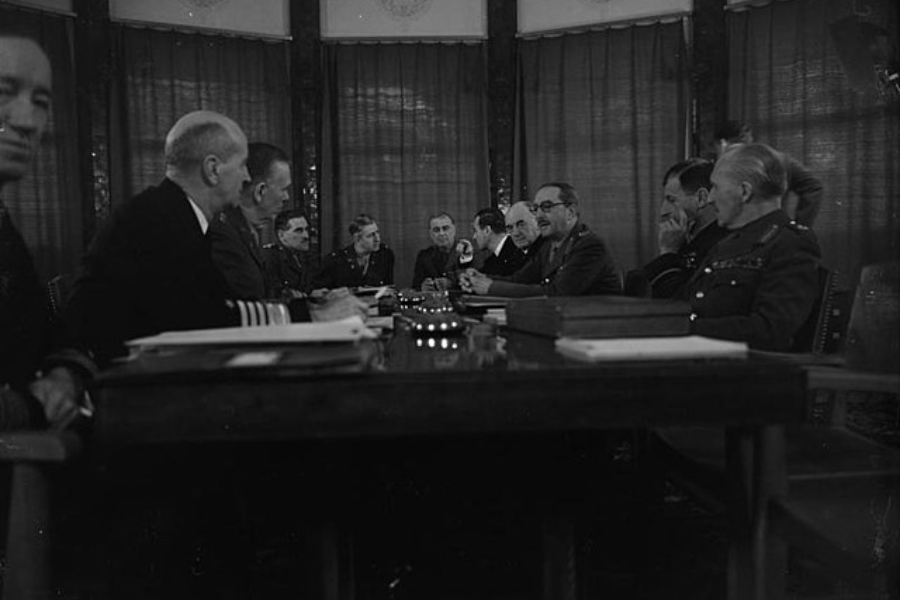
The Navy had a problem. If they prosecuted Demara, it wouldn’t just expose him—it would expose their own failure to vet him. An honorable discharge was cleaner than a scandal.
So they buried it. He was quietly released with less than $1,000 in back pay. No trial, no court-martial, just a one-way escort to the U.S. border.
When border officials asked routine questions, Demara answered with ease. No warrants awaited him, and no headlines followed. He disappeared again, the stage set for a new identity—and an even bolder performance.
The Warden’s Costume

Demara resurfaced in Texas as “Ben W. Jones.” His new title? Assistant warden of Huntsville Prison. His resume was fiction. His confidence was fact. And no one questioned a thing.
He wore authority like armor, commanding inmates and staff with theatrical precision. His manner was polished. His instincts sharp. Suspicion? Nowhere in sight.
But ego would betray him again. One article. One boast. One slip to the wrong prisoner—and the entire illusion would buckle under its own arrogance.
A Cellmate With Questions
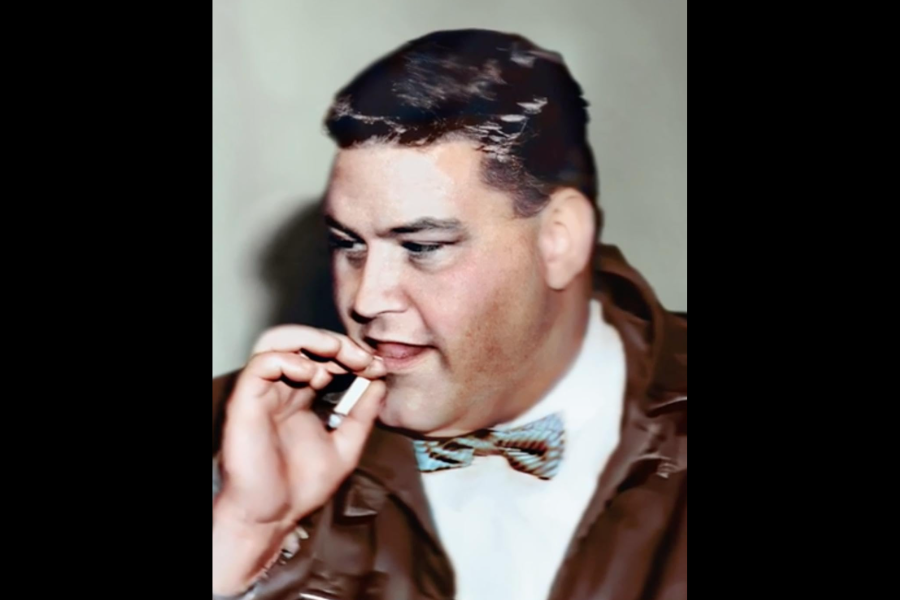
In a flash of arrogance, Demara showed a magazine article about his exploits to an inmate. The man read it closely. The resemblance wasn’t just uncanny—it was undeniable.
Suspicion turned to certainty. That warden wasn’t just strict—he was the impostor from the papers. The inmate tipped off authorities, and the background checks began to peel away layers of fiction.
Demara had once escaped through brilliance. Now, it was his ego that handed them the key. The trap wasn’t set by the system, but by his own need to be seen.
Tracked Down in Maine
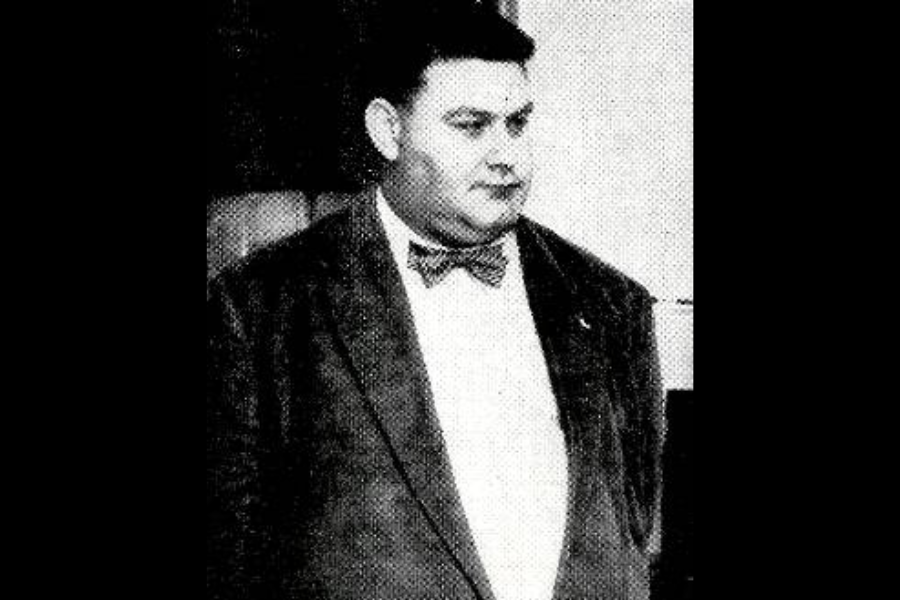
In 1956, the curtain dropped. Maine State Police tracked him down—no disguise, no running. He had just finished teaching at a junior college and was prepping for a new role on North Haven Island.
Locals thought he was brilliant. Charming. Beloved by children. But the authorities arrived armed, not with weapons, but a ledger of aliases. They didn’t need force. The truth was enough.
This time, there was no mask to hide behind. Just a man staring down the truth—and the end of the act that had fooled them all.
Dignity in Handcuffs

When police arrived, Demara looked pained—almost betrayed. He didn’t argue. Instead, he sighed, “What took you so long?” Then he chuckled and wiped a tear away.
He feared embarrassment more than jail. Being unmasked hurt deeper than any cell could. Still, as he boarded the boat in cuffs, he whispered with wry humor.
“They’ve called out the fleet,” he said. “I’ve never been more flattered.” Letters to the editor ranged from disbelief to reluctant admiration. How could a man so dangerous also be so… likable? Soon, the flattery would fade into sentencing.
A Catalogue of Crimes

His rap sheet read like a con man’s résumé: forgery, impersonation, resisting arrest, theft, even vagrancy. There were more aliases than convictions, and more chances than most criminals ever get.
Prosecutors guessed he could face 50 years. But in court, the spectacle fizzled. Demara was sentenced to just six months in jail—a slap on the wrist for a man who once wielded scalpels under a stolen name.
The system had caught him. But could it hold him? Or would he vanish into another borrowed name? Demara was a shape-shifter the law couldn’t categorize.
No Longer a Phantom
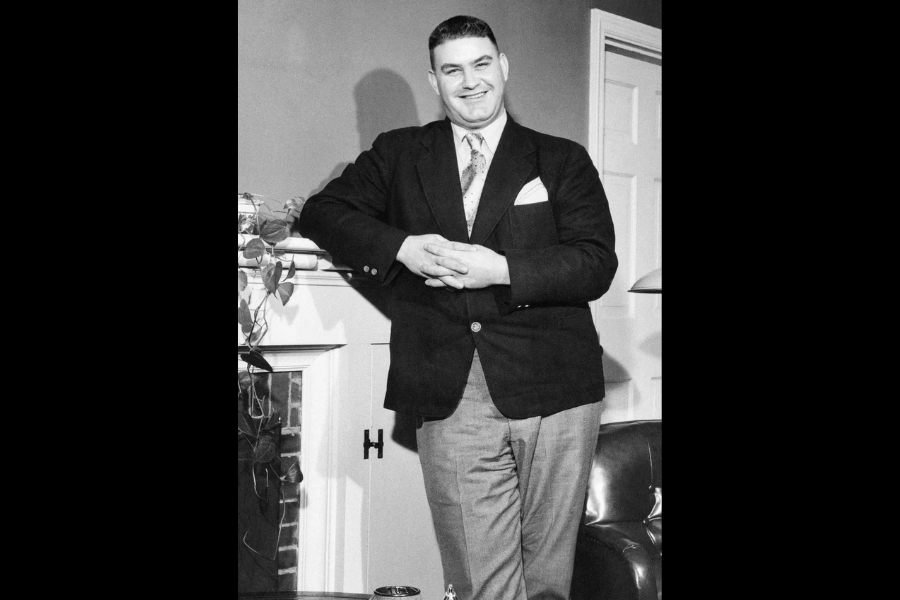
In 1959, Demara re-entered society under his real name. Not by choice—he was now too famous to fake another life. His image was everywhere.
At six feet tall and over 300 pounds, he couldn’t blend into shadows. His distinctive look—and reputation—preceded him wherever he went.
So for the first time, Ferdinand Waldo Demara had to be himself. But who was that, really?
The Rascal’s Reputation
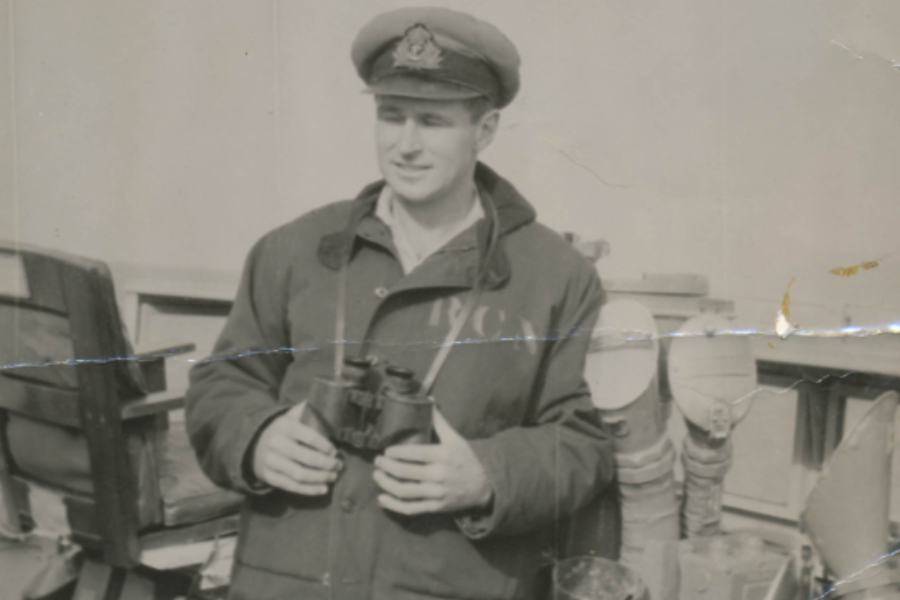
To friends and followers, Demara was larger than life. “Rascality, pure rascality,” he once said when asked what drove him. It became his unofficial motto.
Peter G. Chance, who’d served with Demara aboard Cayuga, called him “affable” and “the life of the party.” He never drank, never smoked—just talked, endlessly.
Even after the betrayal, Chance remembered the man more than the lie—and the calm authority that had once soothed his pain.
Sadness Beneath the Swagger

Behind the charm and swagger was a man unraveling. Before his Navy discharge, Demara confided to Chance: “I’d hoped we could return to port together. Then I’d vanish.”
He apologized—not for the lies, but for the lost connection. The friendships were real. The identity was not. And that, somehow, cut deeper than any punishment.
Chance never forgot the moment. “He fixed my infected toe,” he later recalled. “And then he disappeared.” Demara could heal others—but not himself. His sadness didn’t leave him. In fact, it grew darker with time.
The Doctor’s Diagnosis
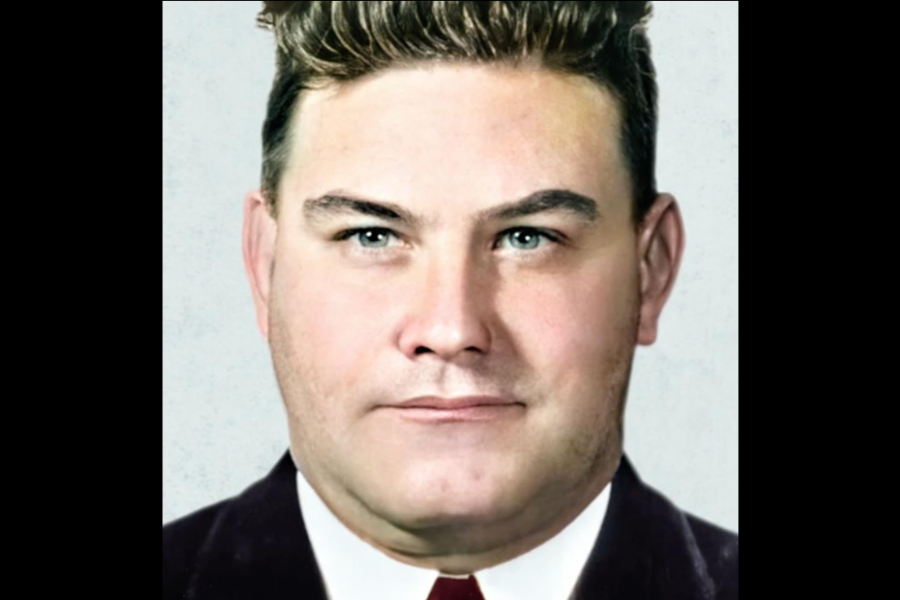
Dr. John J. Zane, his physician, saw the weight of Demara’s remorse. “He was the most miserable, unhappy man I’ve known,” Zane told The New York Times.
Toward the end, Demara reportedly said the same thing every day: “I wish I could die and go to heaven.” The luster of lies had dimmed.
But even that darkness couldn’t erase a strange pride in the roles he once played.
A Bit of Pride Remained
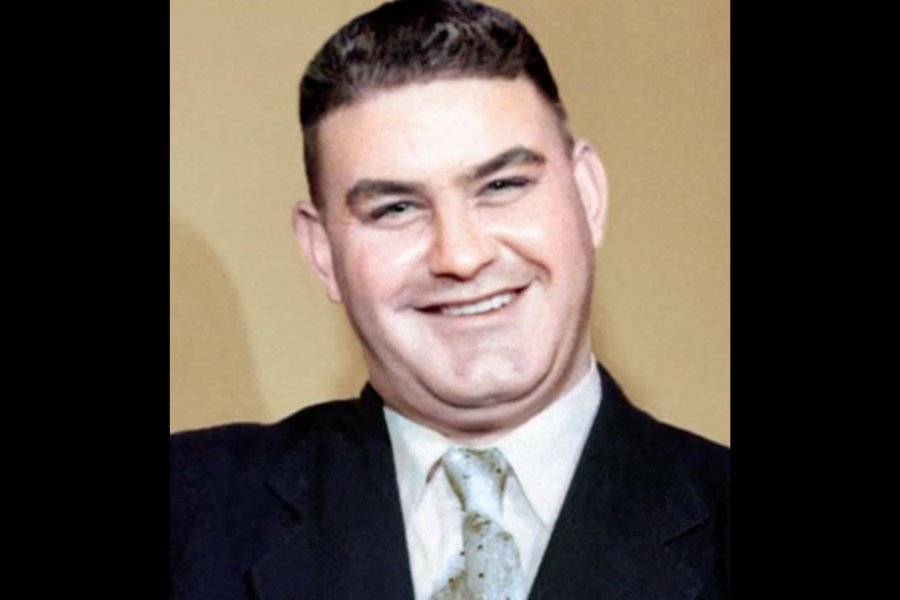
He admitted some impersonations had been pure grift—but not all. He told Crichton he admired assistant warden Ben W. Jones. “One of my best,” he said.
His lawyer, Melvin Belli, echoed the sentiment: “There was no way to channel his talents. But he never said he regretted anything.”
That lack of remorse disturbed some, but fascinated others even more. A book was coming. And a film soon after…
Hollywood Comes Calling
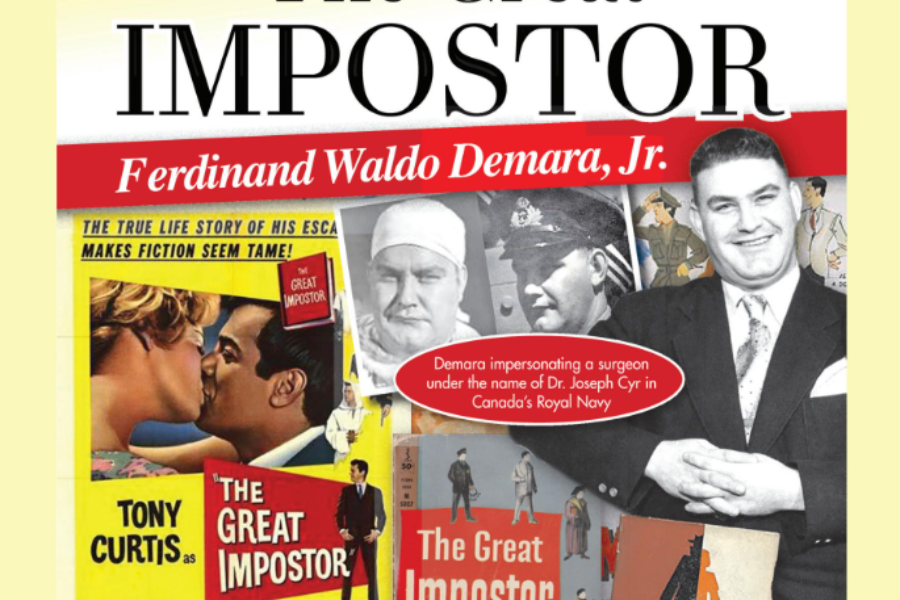
The Great Impostor by Robert Crichton hit shelves quickly. So did the movie deal. Tony Curtis, despite looking nothing like Demara, was cast in the leading role.
The film breezed through his wildest impersonations—some real, others romanticized. It couldn’t capture everything. But it captured enough to ignite America’s imagination.
To Curtis, it was a favorite role. To Demara, it was a distortion. He didn’t see himself in the character at all. The movie celebrated the mask—but ignored the man underneath.
Fame Didn’t Feel Like Glory
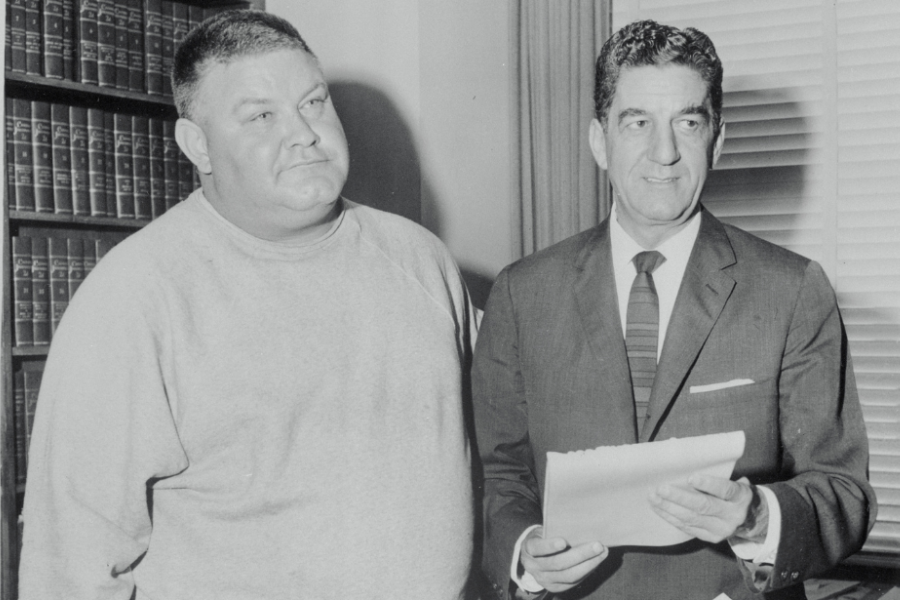
According to Dr. Zane, Demara repeatedly called the movie and the book “erroneous.” He didn’t offer specifics—just a lingering dissatisfaction with how he’d been portrayed.
He may have enjoyed the attention, but not the image. In his eyes, they’d captured the spectacle, but not the solitude. The brilliance, but not the burden.
Still, Demara saw opportunity in the spotlight. And old habits—especially charming ones—die hard.
One More Hustle
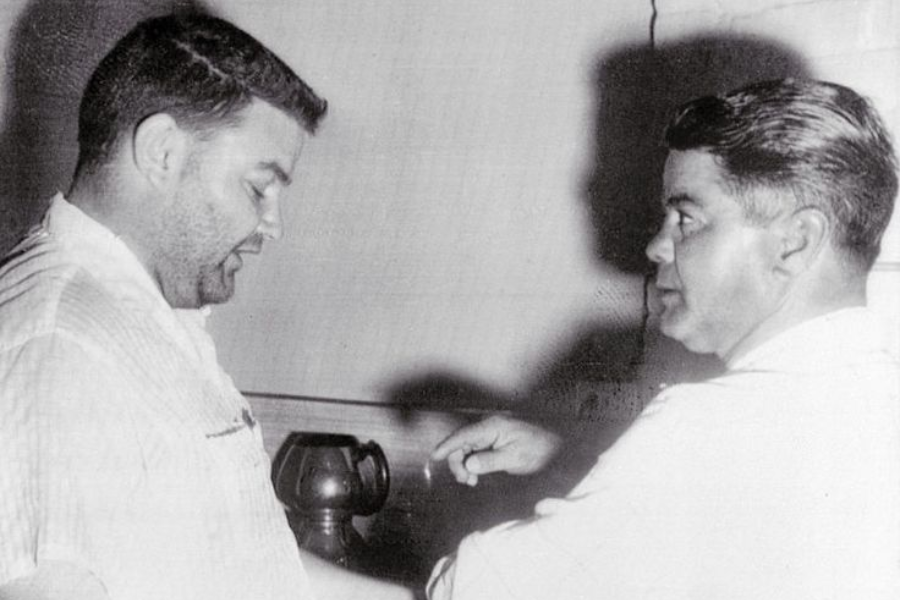
Correspondence with author Crichton revealed the same old Demara. He asked for money, small sums, framed as help, while he “went straight” and rebuilt his life.
Crichton likely knew the truth. But even he admitted Demara had charm that could make anyone believe—even when they knew better.
He never stopped persuading. Even when caught, even when exposed, Demara didn’t retreat—he adapted. The con wasn’t always about credentials. Sometimes, it was about the one thing no one could fact-check: charm.
The Charm That Deceives

How could someone so obviously fraudulent win so much trust? That question haunted journalists, psychologists, and even the people he fooled.
Maria Konnikova studied con artists closely. What made them dangerous? “They’re really charismatic,” she said. “Even if you know they’re bad, you walk away thinking they’re good.”
Demara embodied that paradox. He tricked seasoned professionals, won over guards, doctors, even war heroes. His charm didn’t just disarm suspicion—it rewrote perception. Konnikova admitted something strange: “I still want to meet Demara.”
Famous and Untouchable
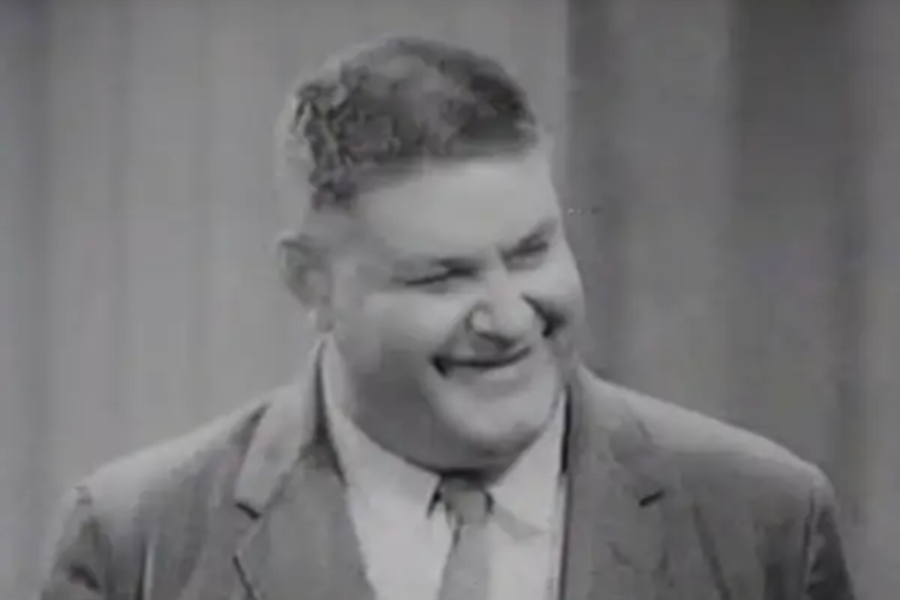
Demara’s fame soared in the 1950s and ‘60s. Through books, movies, and interviews, he became a public figure, equal parts admired and ridiculed. Yet the spotlight didn’t expose everything.
He even appeared on Groucho Marx’s game show, You Bet Your Life. Marx greeted him with a grin: “A pleasure to meet someone as crooked as I am.”
Even the comedians couldn’t resist the rogue in the clerical collar. But the laughs wouldn’t last forever.
A Quiet Life in Orange County
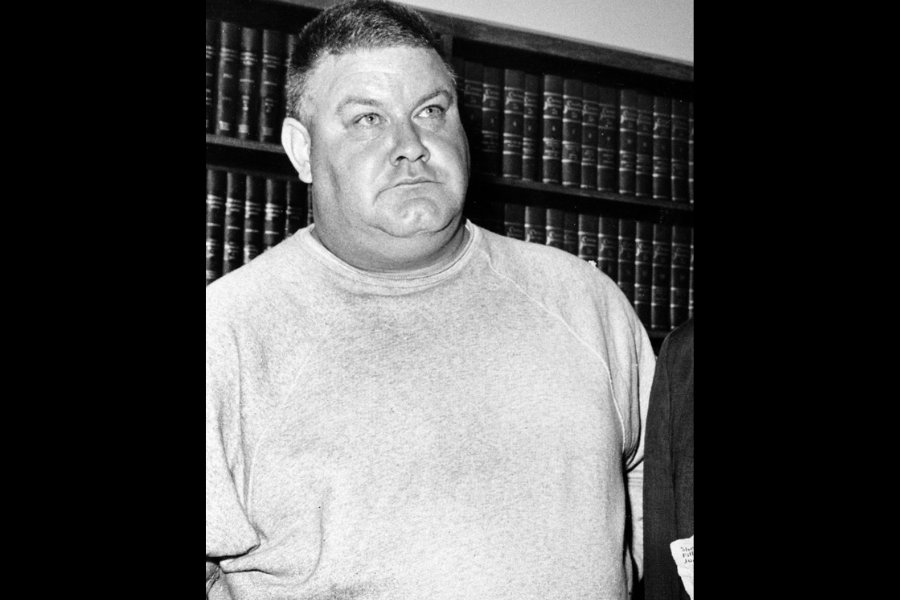
In his final years, Demara settled in Orange County, California, and became a Baptist minister. People were skeptical at first, but many welcomed him anyway.
Later, he worked as a hospital chaplain. The Good Samaritan Hospital in Anaheim gave him a modest role. No aliases. No illusions. Just Demara, in plain sight.
But had he truly reformed—or was the reverend another costume, finely pressed and quietly worn?
Old Habits or New Intentions?
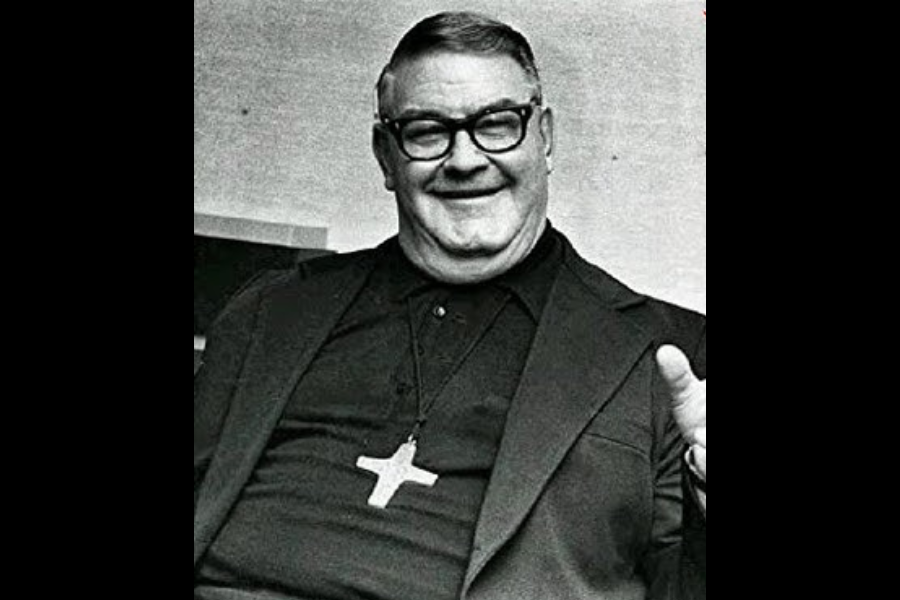
After Demara’s series of dark and twisted lies, some staff suspected he was running a final con. The robes were real, but was the mission?
If he tried to deceive again, it didn’t stick. He was too well known, too recognizable. Still, the hospital let him stay. Perhaps they believed—even now—he meant to help.
He remained there until illness forced him out in 1980. The spotlight had faded, but among the people he helped during his disguise, the man with many names was never entirely forgotten. In fact…
The Crew That Remembered
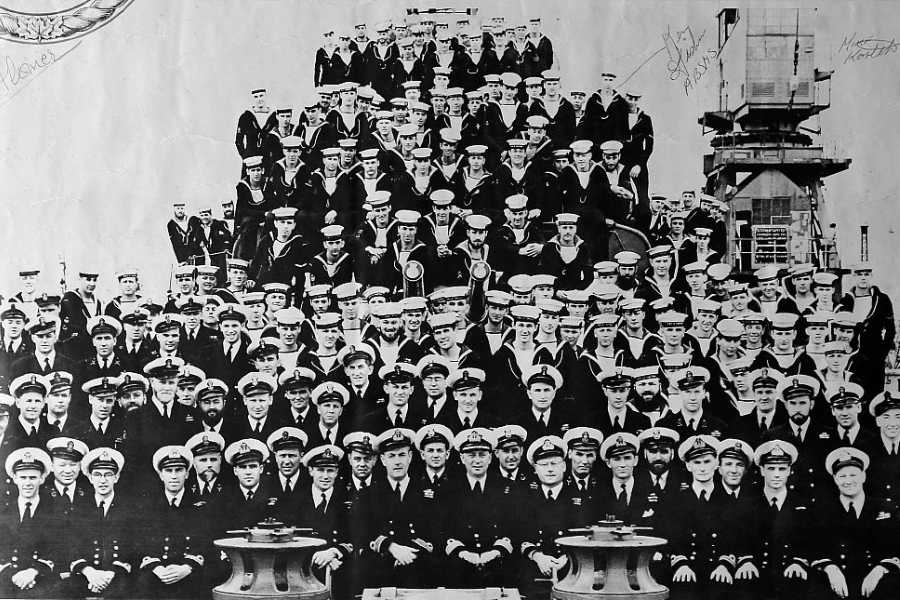
In 1980, as Demara’s health failed, the surviving crew from HMCS Cayuga held a reunion. Many remembered him—not with hatred but with a strange, unshakable gratitude.
Despite the lies, his surgeries had worked. Wounds had healed. Pain had ended. And in their eyes, Demara—impostor or not—had done real good.
He may have faked his license. But he didn’t fake his care. For the men whose lives he touched, the con had left behind something unexplainably human. But even the most elaborate performance must eventually face its curtain call.
The Final Exit
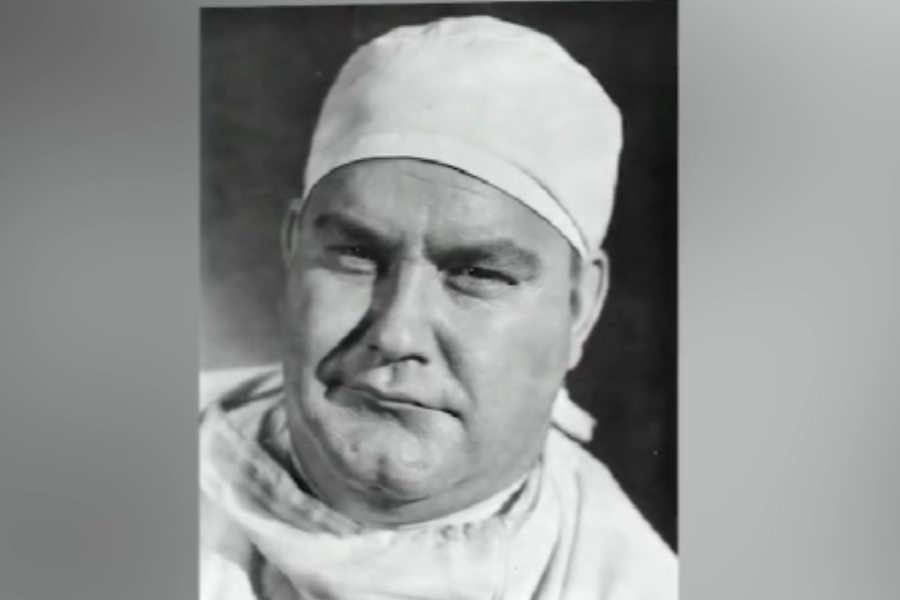
Demara suffered a heart attack at home in June 1982. He was rushed to West Anaheim Community Hospital, but efforts to revive him failed.
He died at 60. No aliases. No disguises. No stories left to hide behind. Just a man in a hospital bed, anonymous for the first time in his life.
The world never fully knew the man behind the masks. But in the end, Ferdinand Waldo Demara left only one identity behind—his own. And even that, he borrowed until the very end.
A Genius Wasted or Redirected?

Demara’s intellect was indisputable. His memory, razor-sharp. His performance under pressure? Astounding. But something—fear, pride, maybe impulse—kept him from seeking legitimate greatness.
Instead, he lived off false starts. False names. False jobs. And yet, he saved lives, taught students, built institutions. His cons weren’t always cruel.
People want to understand how he did it—but more importantly, why. And perhaps, what it says about us that he succeeded for so long. At some point, Demara confessed…
Brilliance Without Integrity
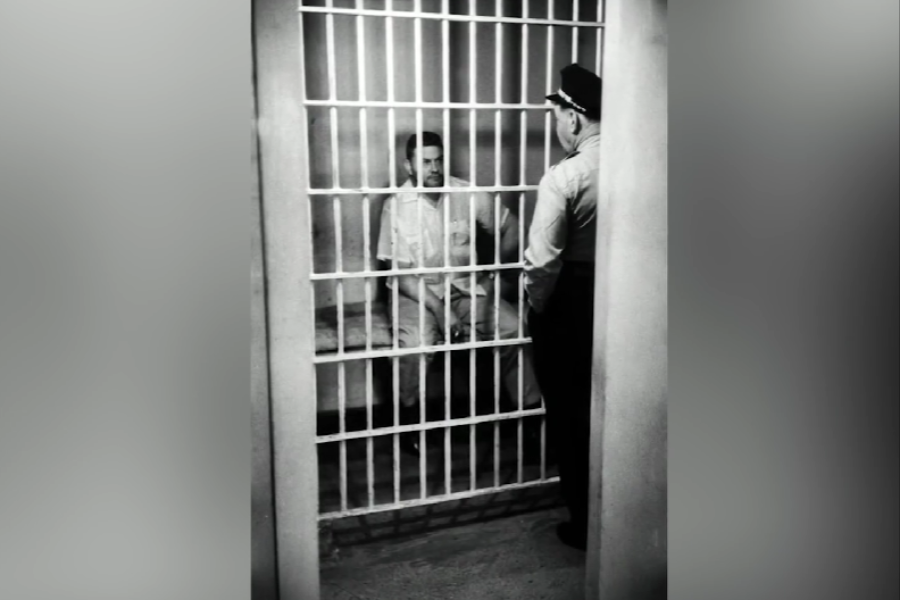
“I wanted to be a somebody, but I didn’t want to put in the hard work. So I became a nobody who impersonated somebody.” That confession, simple and damning, said it all.
Demara’s mind could have led hospitals, institutions, maybe even governments. But brilliance without integrity is a blade without a handle—sharp, powerful, and bound to wound someone.
In the end, he didn’t just fake greatness. He impersonated purpose. And for all the lives he touched, the one life he never truly lived… was his own.
